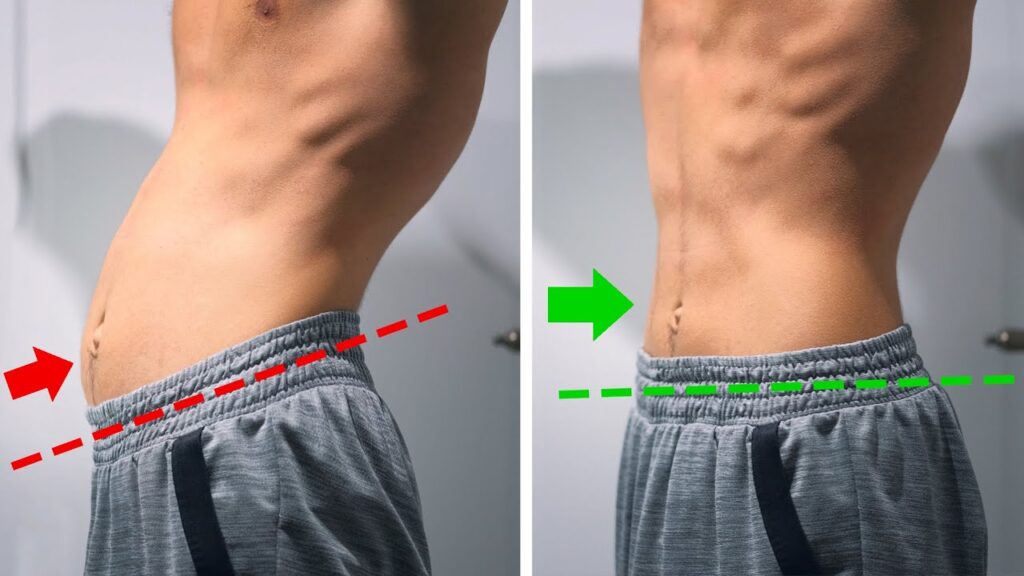
Ever step out of your car after a long drive and feel like your body’s completely out of whack?
Like…
- One side of your hip feels tighter?
- Your lower back is aching?
- Or maybe you feel like you’re walking a little crooked?
Yep, you’re not imagining things. And no, it’s not just because you’re getting older (we feel you). What you’re probably dealing with is a sneaky little thing called Pelvic tilt. And believe it or not, driving habits have a lot to do with it.
Let’s break it down in a super easy way.
What Exactly Is Pelvic Tilt?
Think of your pelvis like the foundation of your body – like the base of a building.
When that foundation shifts even slightly, everything else above it (your spine, hips, back, neck) has to adjust… and usually not in a good way.
And guess what can mess with your pelvis big time?
Sitting for long hours. Especially while driving.
Here’s Why Driving Messes with Your Pelvis
When you drive, you’re mostly using your right foot for the gas and brake. That means your right side is working a lot harder than your left.
Over time, this uneven use can lead to Pelvic Rotation and Tilting– basically, your pelvis starts leaning, twisting, or hiking up on one side (usually the right side).
Especially if you’re someone who:
- Drives for work
- Takes long road trips
- Commutes daily in traffic
- Or just loves random late-night drives with music blasting (we get it)
Signs Your Pelvis Might Be Tilting From Driving
Here’s the not-so-fun stuff to watch out for:
- Tightness or discomfort in one hip more than the other
- Lower back pain (mostly on one side)
- Feeling “off” or uneven when you walk
- The pants fit weirdly at the waist
- Foot, knee, or leg pain on one side
Basically… if getting out of your car makes you feel like you’ve aged 20 years, your pelvis is probably yelling for help.
But Don’t Panic – Here’s How You Can Fix It!
You don’t need to overhaul your entire life.
Just some simple moves, tiny habits, and a little body awareness can go a LONG way.
Let’s inform you aboutexercises for lateral pelvic tilt that are easy enough to do at home (or even in your office break).
- Standing Side Stretch
This one feels SO good after sitting too long.
Stand up tall
Reach one arm overhead
Lean to the opposite side
Hold for 30 seconds
Switch sides
- Supine Pelvic Tilts
Reminding your pelvis what “neutral” feels like.
Lay on your back, knees bent
Flatten your lower back into the floor
Hold for 5 seconds
Release
Repeat 15-20 times
- Glute Bridges
Wake up those sleepy butt muscles!
Lay on your back
Knees bent, feet flat
Push through your heels and lift your hips
Squeeze glutes at the top
Lower down slowly
Repeat 15-20 times
- Hip Flexor Stretch (SO Necessary For Drivers)
Kneel on one knee
Tuck your pelvis slightly
Lean forward until you feel a stretch in the front of your hip
Hold for 30 seconds
Switch sides
Level Up: Train Your Connective Tissue IQ
Here’s where it gets cool.
Your Connective Tissue IQ is your body’s muscle memory – how smart your tissue is when it comes to moving properly.
Bad habits (like driving posture) lower your Connective Tissue IQ over time.
But good habits – like stretching, strengthening, and moving mindfully – teach your body to hold better alignment naturally.
That’s why tools like ESAP’s Pelvic Leveler can be a total game-changer. It helps retrain your body and get that pelvis sitting pretty where it belongs.
Quick Tips for Drivers to Keep That Pelvis Happy
- Adjust your seat for balanced support
- Use lumbar support (small pillow works too!)
- Take mini breaks during long drives
- Stretch before & after driving
- Switch sitting positions often
- Hydrate (yep, tight muscles love water!)
Final Thought:
If you’re dealing with pelvic tilt, right lateral pelvic tilt, or general lower back/hip pain after driving – know this:
You’re not alone
You’re not stuck
And with a little TLC (and patience), your body can bounce back
Remember: Your body is crazy smart. It just responds to whatever you teach it – good or bad. So start teaching it better habits today.





